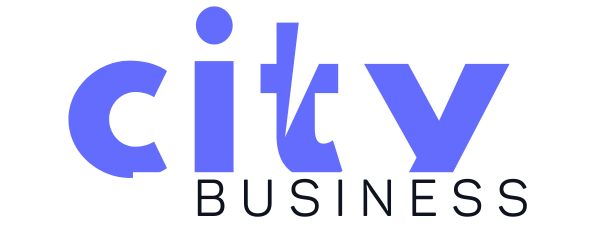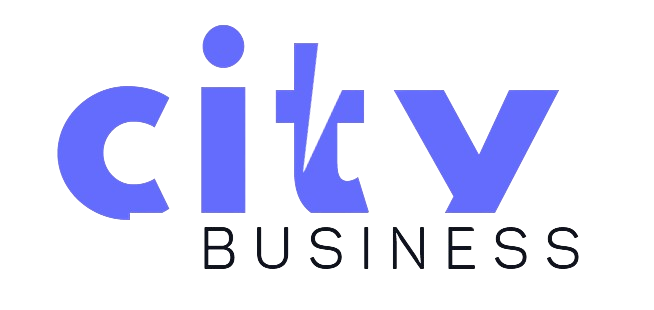The architecture and development sector continues to struggle with an essential challenge which involves proper community interaction with their projects. The current practice of project engagement occurs at late stages when decisions have already been made thus producing community resistance which causes delays and increases costs of revisions. The present technological wave brings digital tools that establish better connections between developers and their community service recipients.
The platform Traavu City Business (TCB) functions as a complete solution designed to unite architecture firms with building developers and construction companies and local stakeholders. The digital solution resolves key challenges which have traditionally complicated the planning and development process.
The conventional practice of community involvement in development projects creates multiple operational problems for Developer-Community Relationships. Public consultations mostly involve hearing the voices of few vocal members of the community without capturing other important community views. Paper-based feedback systems generate data which proves difficult to analyze in a complete manner. The absence of organized engagement tools creates challenges for developers to prove their serious community input assessment for planning authorities.
The digital platform TCB together with other tools transform Developer-Community Relationships through their powerful data-based methods that enable effective sentiment collection and analysis. The platform enables multiple channels for community members to provide their perspectives about transportation, infrastructure, housing and public spaces using surveys quizzes and instant reaction tools. Multiple feedback collection methods ensure that community representatives contribute from diverse backgrounds.
The success of development projects heavily depends on transparency as a fundamental element. Neighbourhood communities tend to participate constructively with development processes when they maintain proper understanding of their neighbourhood activities. Through its user-friendly content management system, TCB developers can present project schedules and plans and regular updates, which fosters continuous communication instead of single-point consultations that previous methods used.
Artificial intelligence brings the most important progress to Developer-Community Relationships or rather, community engagement through its implementation. TCB’s analytics engine powered by artificial intelligence converts unorganized community feedback into valuable data which assists developers in discovering important trends and main priorities that standard methods would miss. The predictive capabilities of these insights allow developers to make data-based choices which match project results to community requirements and expectations.
The implementation of technological solutions delivers advantages that surpass basic information collection. Organisations that utilize sophisticated tools experience concrete improvements throughout their business operations. The involvement of various stakeholders at the beginning of development processes leads to decreased project delays and budget increases because of community resistance. The analysis of community sentiments which developers obtain through digital methods, enhances their planning applications and shortens the approval timeframe because it proves extensive stakeholder participation.
The digital approach towards community involvement brings forth inclusive engagement methods as a major advancement. Current consultation methods commonly neglect to include younger populations together with minority groups and people who need accessible engagement methods. The new platforms resolve these accessibility gaps through interfaces made for digital-savvy users and compliance with accessibility requirements. TCB demonstrates their ability to connect with Generation Z users through their platform design that matches digital expectations as well as their provision of offline survey tools for regions with restricted internet connectivity.
Community feedback data collected across different geographic areas provides additional valuable information. TCB provides developers with mapping tools that show response distribution across neighborhoods to understand how location-based priorities differ. Architects together with planners obtain better design capabilities through spatial understanding which enables them to create solutions that meet area-specific requirements.
These technologies offer architectural and development firms a powerful business rationale for their implementation. The early detection of problems through real-time feedback enables developers to reduce project delays and unexpected expenses. The alignment of projects with community priorities results in better client satisfaction and better project value. The improvements in project planning efficiency directly generate better project schedules and decreased consultation expenses.
TCB leadership demonstrates the necessary interdisciplinary approach required to handle sophisticated community engagement obstacles. The platform brings together an expert data scientist for AI platform development and advisors who have planning experience with development committees and building engineering capabilities.
The flexible TCB licensing platform provides organizations of varying sizes with flexible options from one-project licenses to organization-wide access so they can implement these technologies according to their operational needs. The no-obligation trial period function decreases the entry costs for adoption which lets businesses experience benefits before making a long-term commitment.
Firms that adopt digital innovation in community engagement through the evolving architecture and development industry will achieve competitive advantages. Future projects that succeed most effectively will utilize community insights throughout the entire planning duration until project completion. True mutual understanding between developers and communities leads to successful project execution and improved built environments that fulfill community requirements.
The adoption of technological solutions in developer-community relationships marks more than organizational process enhancement because it indicates an essential evolution toward collaborative and transparent development methods that serve all stakeholders.


